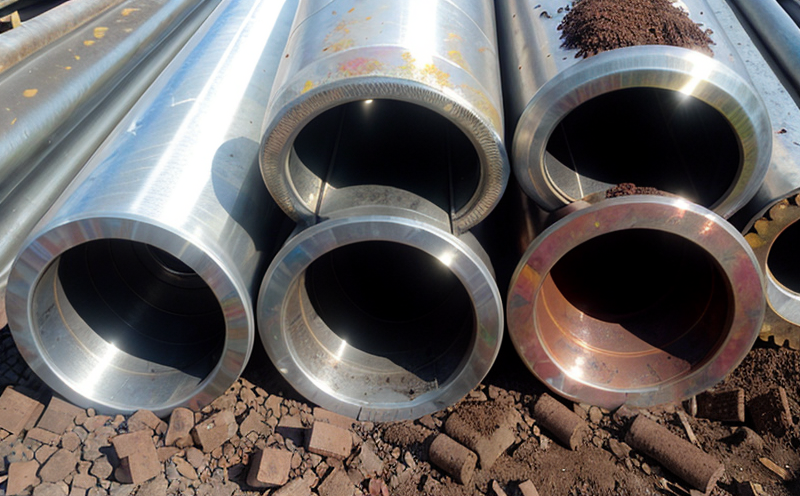EN 71-3 Combined Heavy Metal Testing for Toys
The European Standard EN 71-3 is a critical requirement for manufacturers and distributors of toys, ensuring that products are safe for children. This standard specifically addresses the presence of heavy metals in toys to prevent any potential harm from excessive levels of these elements. Compliance with this regulation is mandatory for all toy products sold within the European Union.
The EN 71-3 test focuses on detecting six specific heavy metals: lead, cadmium, mercury, chromium (VI), arsenic, and selenium. These elements are known to pose significant health risks when present in high concentrations, particularly for young children who may put toys in their mouths or ingest small parts.
The testing process involves the following steps:
- Initial sample preparation
- Chemical digestion of samples using appropriate reagents
- Quantification through atomic absorption spectrophotometry (AAS) or inductively coupled plasma mass spectrometry (ICP-MS)
The results are reported based on the maximum allowable limits set by EN 71-3. Exceeding these limits can result in product recall and significant financial penalties for non-compliance.
| Heavy Metal | Maximum Allowable Limit (mg/kg) |
|---|---|
| Lead | 90 |
| Cadmium | 10 |
| Mercury | 60 |
| Chromium (VI) | 30 |
| Arsenic | 10 |
| Selenium | 15 |
Scope and Methodology
The scope of the EN 71-3 test is comprehensive, covering various types of toy products that are intended for children under the age of three or those that can be easily ingested by children. The methodology involves several key steps to ensure accurate testing:
- Sampling: A representative sample from each production batch.
- Preparation: Cleaning and drying samples before testing.
- Digestion: Using acid digestion methods to break down the sample into a solution suitable for analysis.
- Analysis: Utilizing advanced spectroscopic techniques like ICP-MS or AAS.
Why Choose This Test
Compliance with EN 71-3 is not only a legal requirement but also an essential step in safeguarding the health and well-being of children. By adhering to this standard, manufacturers can:
- Avoid costly product recalls.
- Protect their brand reputation.
- Ensure long-term business sustainability by maintaining a compliant supply chain.
- Stay ahead of potential regulatory changes and market demands.
Furthermore, the rigorous testing process ensures that toys meet not only European standards but also global expectations for toy safety. This comprehensive approach helps companies expand their markets beyond Europe with confidence in product integrity.
Use Cases and Application Examples
- Testing of plastic parts used in children's toys to ensure they do not contain excessive levels of heavy metals.
- Evaluating metallic components, such as those found in battery-operated toys or metal figures.
- Checking the paint and coatings on toy surfaces for adherence to heavy metal content limits.





